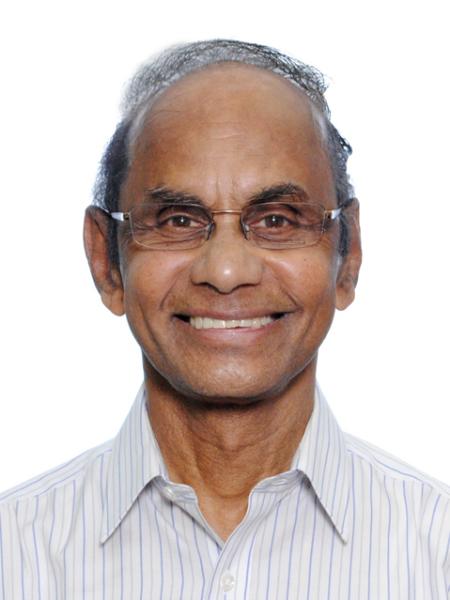 Singapore’s multiracial and multicultural social makeup has resulted in a peculiar language profile.
Singapore’s multiracial and multicultural social makeup has resulted in a peculiar language profile.
The country has adopted one representative language for each of the four major ethnic groups, including English, Chinese, Malay and Tamil.
These official languages, along with a multitude of other languages, reflect Singapore’s multiracial, multicultural and multilingual nature.
However, in recognition of the indigenous status of the Malay community, the national language is Bahasa Melayu, or the Malay language.
Singapore’s role as a trading settlement in colonial times, and now a dynamic cosmopolitan centre of trade and services, has long attracted people from Asia and beyond. The languages they brought with them have greatly influenced the country’s language policy.
Bilingual approach
English is an integral part of the Singaporean identity. It is the language of administration and is promoted as important for international business.
With the language playing an important role in Singaporean life, the Government has adopted a policy of bilingualism, whereby students learn in English but are also taught their mother tongue. The bilingual education policy rose from the need to operate in the global economy, using English while fostering the other major Asian languages and cultures.
The mother tongue is seen as a way to preserve unique values, although its usage is decreasing in homes, with English becoming predominant.
Singlish slang
The Government emphasises the need to speak fluent English and the mother tongue of the major ethnic groups, in order to reach out to the multilingual community.
‘Singlish,’ a mixture of Malay, Chinese and Indian languages has emerged as an informal, hybrid form of the language. This localised English-based creole is widely regarded as symbolising Singaporean identity, but many disapprove, saying that the standard of spoken and written English has been eroded.
Almost everyone in Singapore speaks more than one language, with many speaking three or four languages. Most children grow up bilingual, learning other languages as they become older. With a majority of the population bilingual, English and Mandarin are the most commonly used languages.
Tamil elevated
Indians constitute about 9% of Singapore’s population of 5.4 million. About 65% of Indians speak Tamil, which is taught in schools. While Tamil is the only Indian language enjoying an official status, other languages such as Hindi, Telugu, Kannada, Malayalam, Punjabi, Bengali and Gujarati are also popular.
Movies made in these languages are shown in local cinemas. Tamil films are popular with local Tamils as well as other ethnic Indians.
A Tamil TV channel called ‘MediaCorp Vasantham’ and Tamil radio programmes are popular, with slots for other Indian languages.
Singapore has been the home for multi-ethnic groups for more than 200 years. It symbolises multiculturalism, with people of varied cultures and languages contributing to its dynamism, vibrancy, interaction and cohesion.
Dr V Subramaniam is our Singapore Correspondent.
Photo : Public notices are always in four official languages






